 | Which DLT is the fastest? Many people talk about "speed" but they don't think about what that actually means. In this post I am not talking about TPS (that is throughput, not speed). Instead I am talking about how long it takes from when you to send X until I finally receive X. While many people think of speed in terms of block time, this is only part of the story. To truly know what a blockchain's speed is, you must also consider the time to finality in addition to block time. Due to the nature of blockchain, blocks that get added to the blockchain don't necessarily mean they are permanently added. Sometimes more than one block gets added to the blockchain at the same time. Then the chain is divided into 2 chains. (called forking) When this happens, the longest chain is considered the "real" blockchain. But, until the "real" chain is known, there is uncertainty. So, in the example above, Fork B eventually wins. Well, then what happens to Fork A, the shorter chain? Unfortunately, all blocks and all txns are canceled. (Called a rollback) Because of this possibility, on many chains, it is recommended to wait for a set number of blocks to be added before being 100% sure your txn went through. Hence, you cannot be sure you actually received X until Y block confirmations have gone through because until then it is possible that a rollback will occur. So, what does this mean? It means the time for a transaction to go through is not just dependent on its block time, but also on its time to finality. So, let's assume that you have a chain, and that each block propagates in 3.3s. And, based on your chain's cryptography, a fork will either succeed or fail within three blocks. In other words, after three 3.3 sec blocks (~10 sec total) you can be certain that there will be a longer chain, and if your block/transaction is in it, then, you are on the "real" chain. In this situation, you have a block time of 3.3 sec. But, you need an additional three blocks after that to know if the transaction is final. 10s is your time to finality. So, from the time you press send, to the time your transaction is final, your transaction could take up to 13.3 secs. Something similar can happen in other DLTs that are not blockchains. For instance HBAR is not a blockchain and thus does not have blocks. Instead, it uses directed acyclic graphs and a gossip network to achieve consensus. However, transactions must still be validated to reach finality. Thus, even though HBAR doesn't have a "block time" transactions on HBAR still take 3-7 seconds to reach finality. To see this issue in real world action, let's compare two blockchains: Solana vs Algorand. Which is faster? Many would say that Solana is faster. After all, Solana writes blocks every 400 milliseconds. Meanwhile, Algorand takes 3.3 seconds to propose a block. But, their times to finality are very different. Solana can take up to 32 confirmations (~12 seconds). [see this link and this link for support] However, because it cannot fork, Algorand has instant finality and hence all transactions are final at the time they are written into a block. To see how this works in practice, here is a link to a video of sending a transaction from Coinbase to an Algorand wallet. Notice the time difference between when Coinbase says it is sent versus when it is received by the wallet (look at the top of the video). And here is a link to video of sending a transaction from Coinbase to a Solana wallet. Notice the difference in arrival times. And, here is a link to a video of sending a transaction from an Algorand wallet to another Algorand account in that wallet. Again, notice the time between when it is sent and when it shows as received. And, here is a link to a video of sending a transaction from a Solana wallet to another Solana account in that wallet. But, don't take my word for it. You can verify how this translates into real world impact by sending yourself a transaction on each respective chain and seeing how long it takes to actually arrive in your wallet. Send yourself a transaction from Coinbase, see how long it takes to land in your non-custodial wallet. Or, send yourself a transaction using your non-custodial wallet from one account to another. Try it out with different chains. There will be a bit of delay because of push servers, but it should give you a good idea of how true speed differs between chains. [link] [comments] |

You can get bonuses upto $100 FREE BONUS when you:
💰 Install these recommended apps:
💲 SocialGood - 100% Crypto Back on Everyday Shopping
💲 xPortal - The DeFi For The Next Billion
💲 CryptoTab Browser - Lightweight, fast, and ready to mine!
💰 Register on these recommended exchanges:
🟡 Binance🟡 Bitfinex🟡 Bitmart🟡 Bittrex🟡 Bitget
🟡 CoinEx🟡 Crypto.com🟡 Gate.io🟡 Huobi🟡 Kucoin.


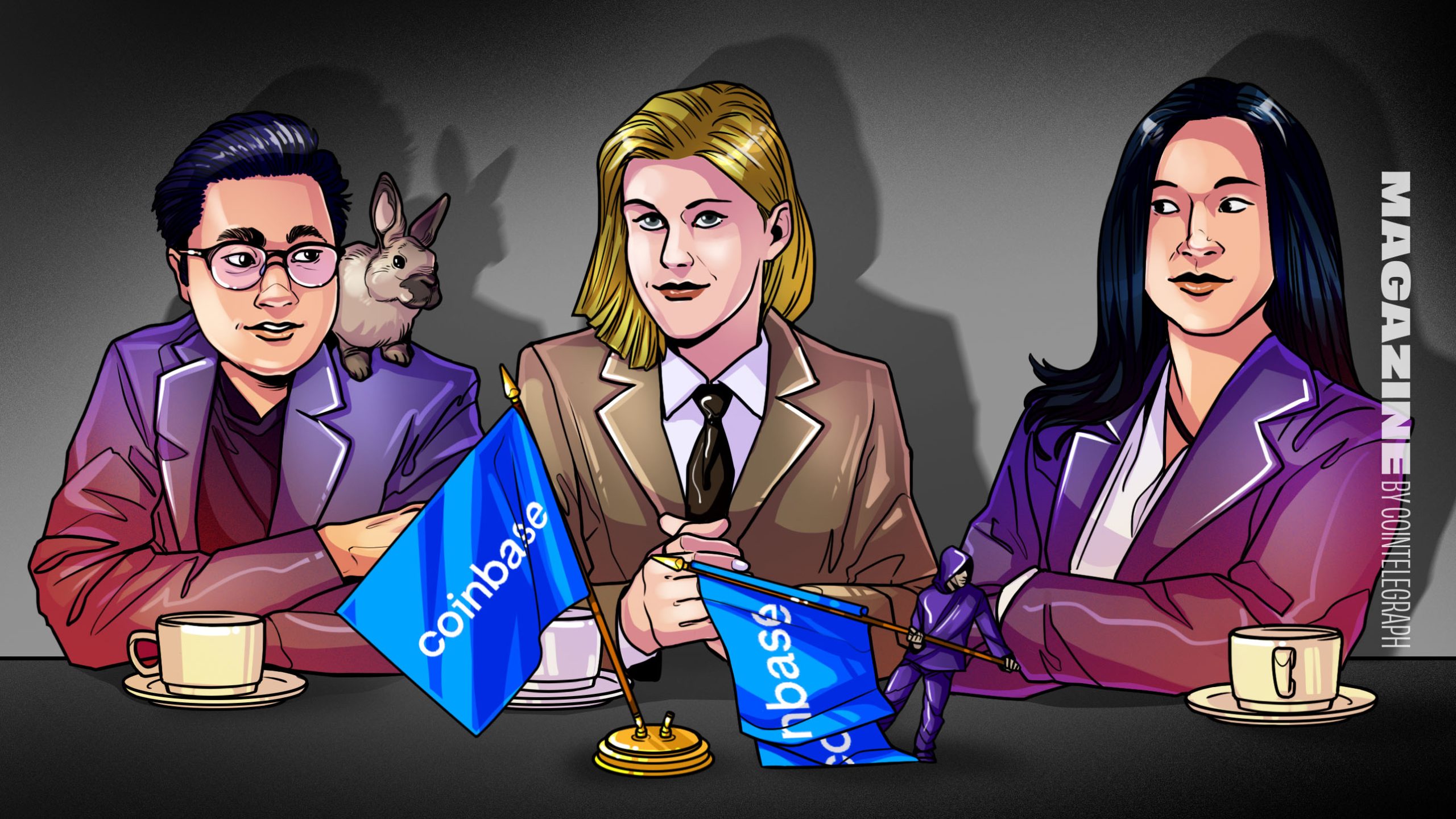
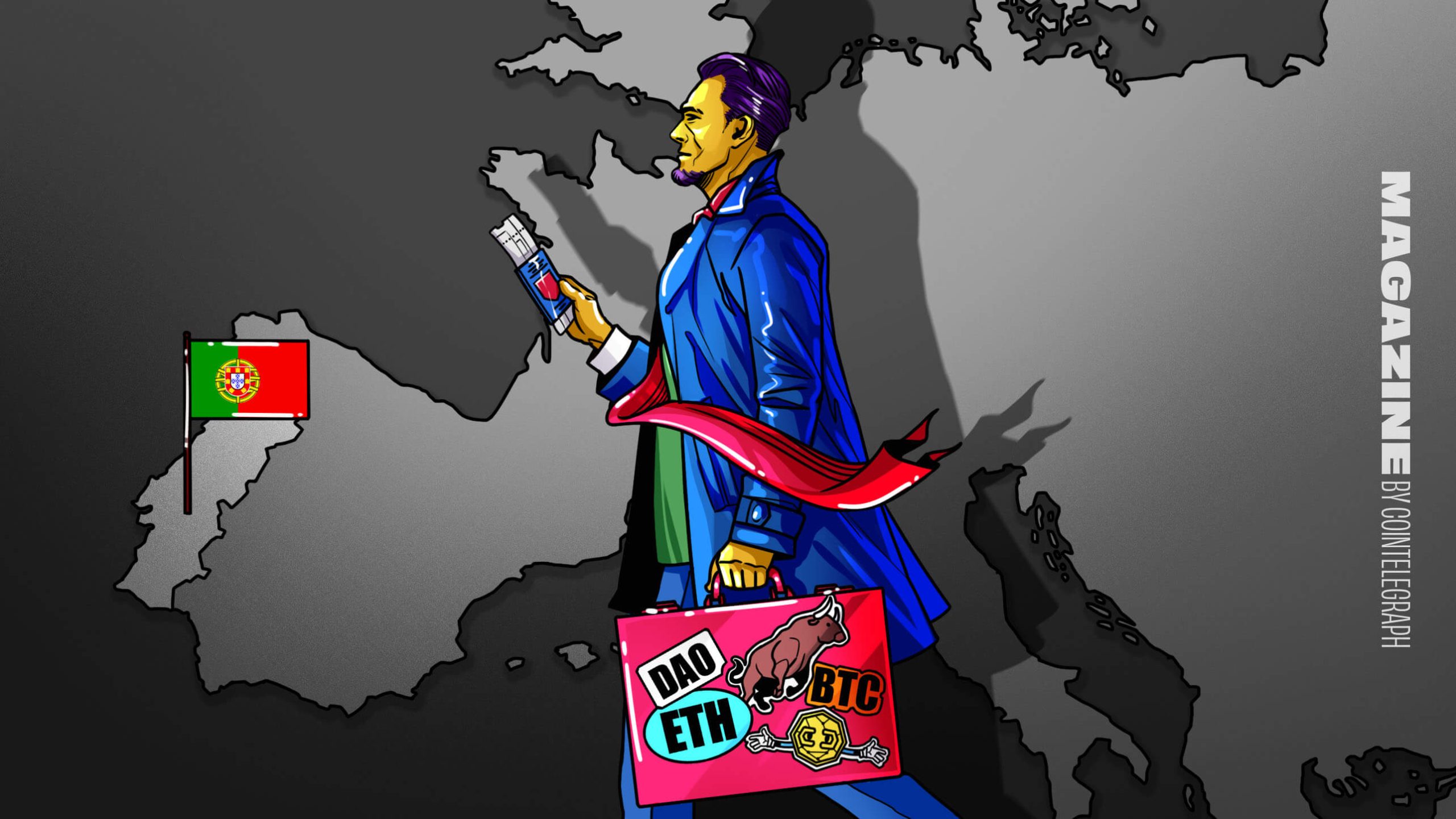

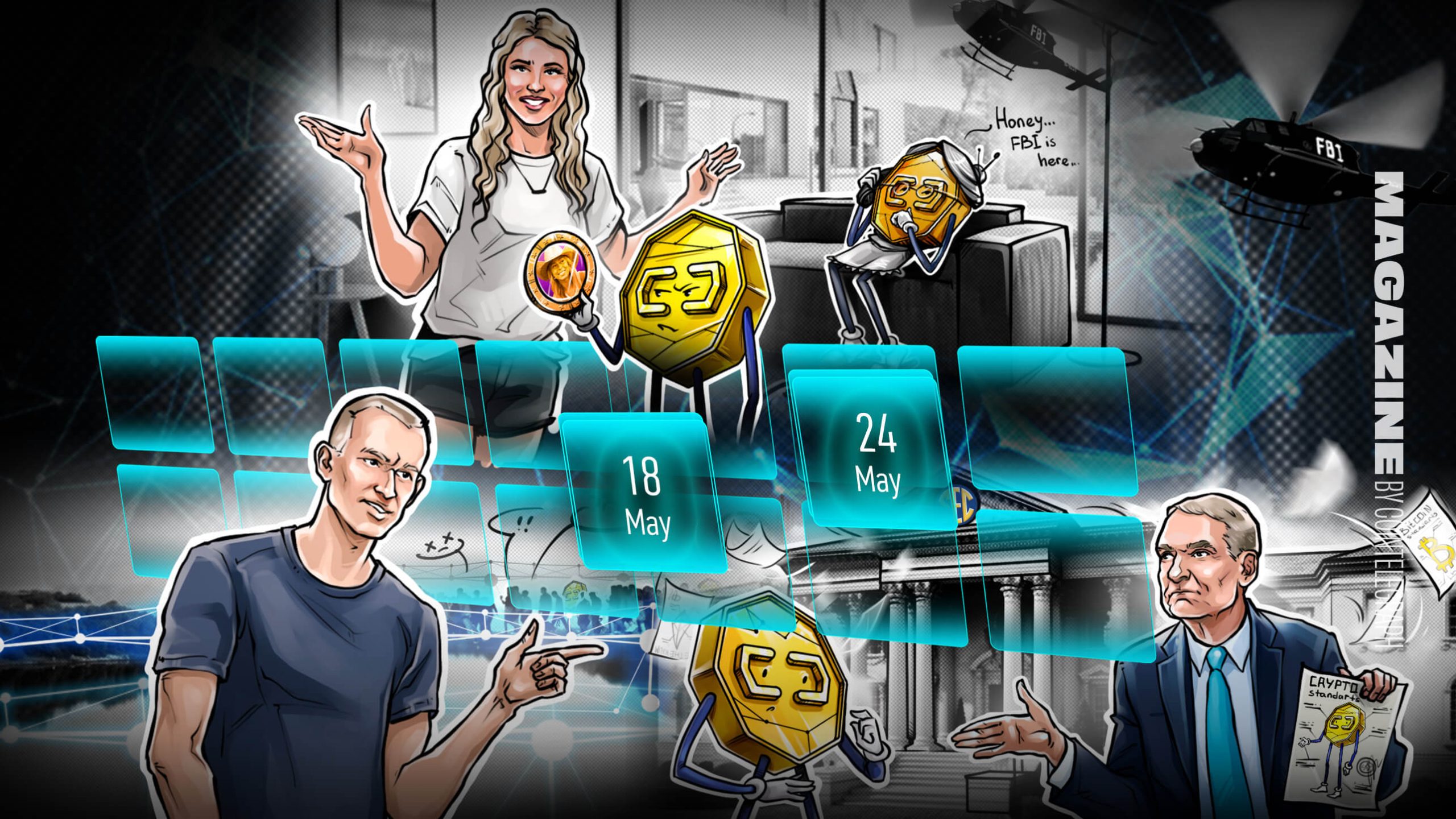


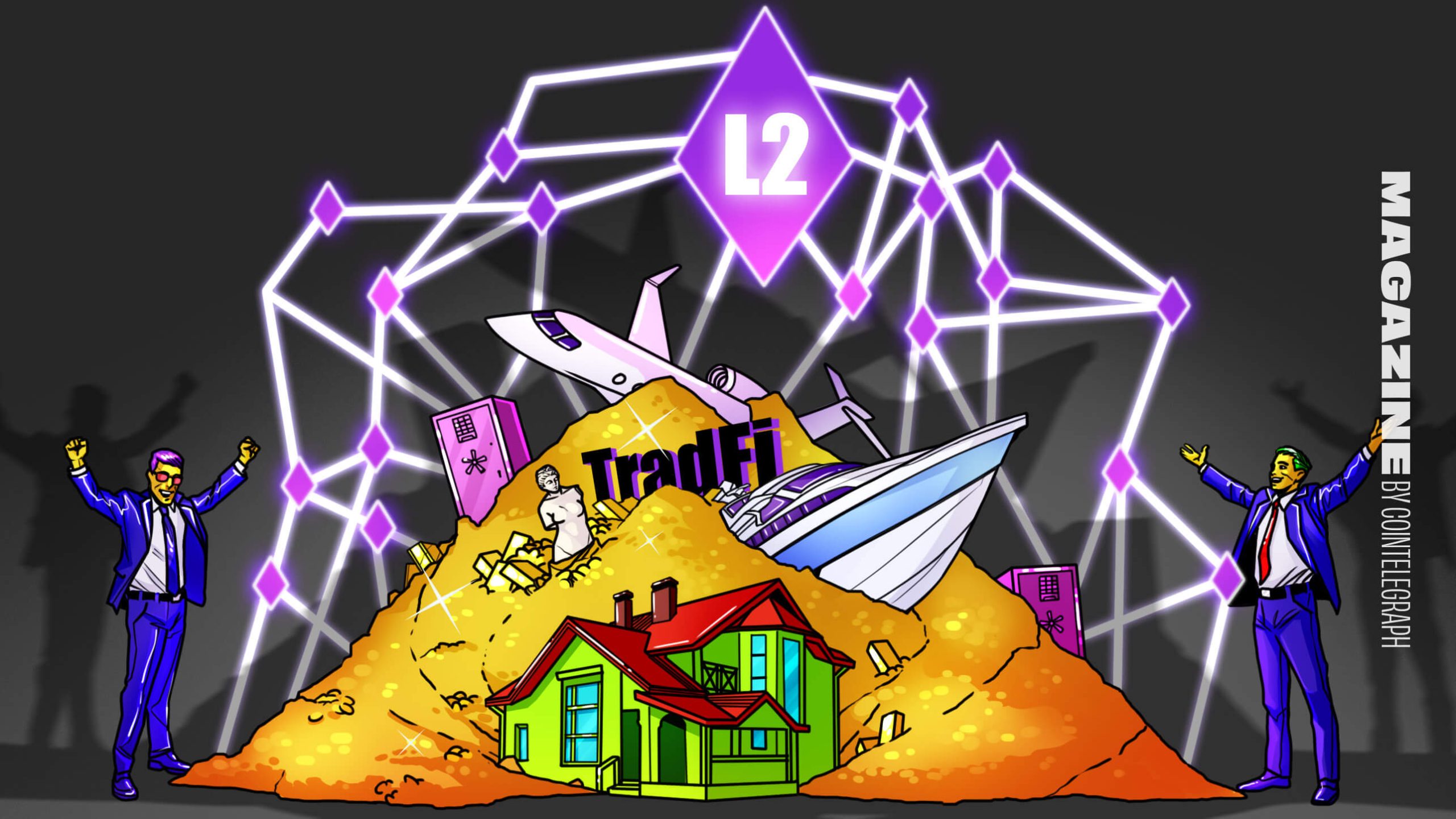
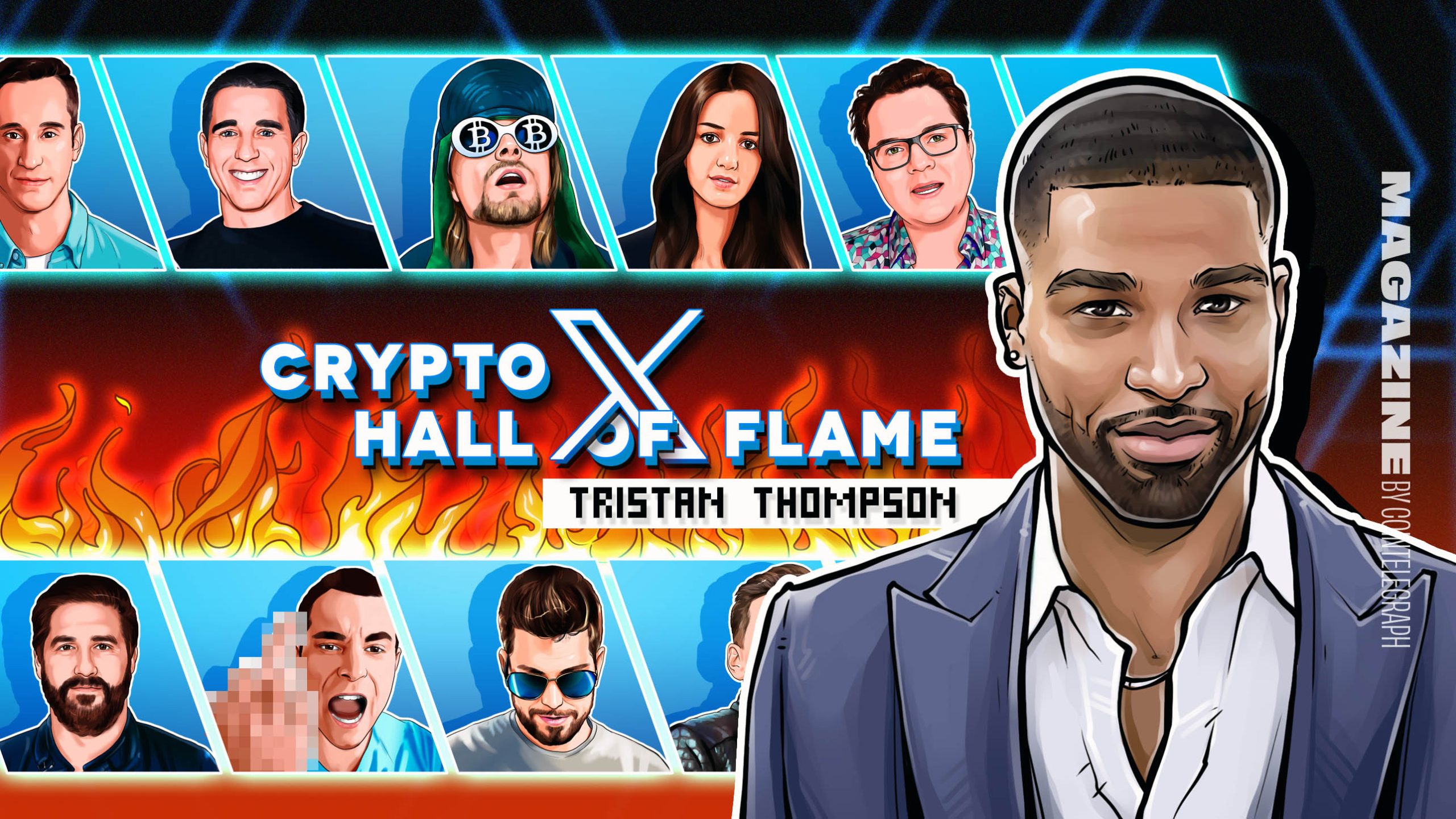
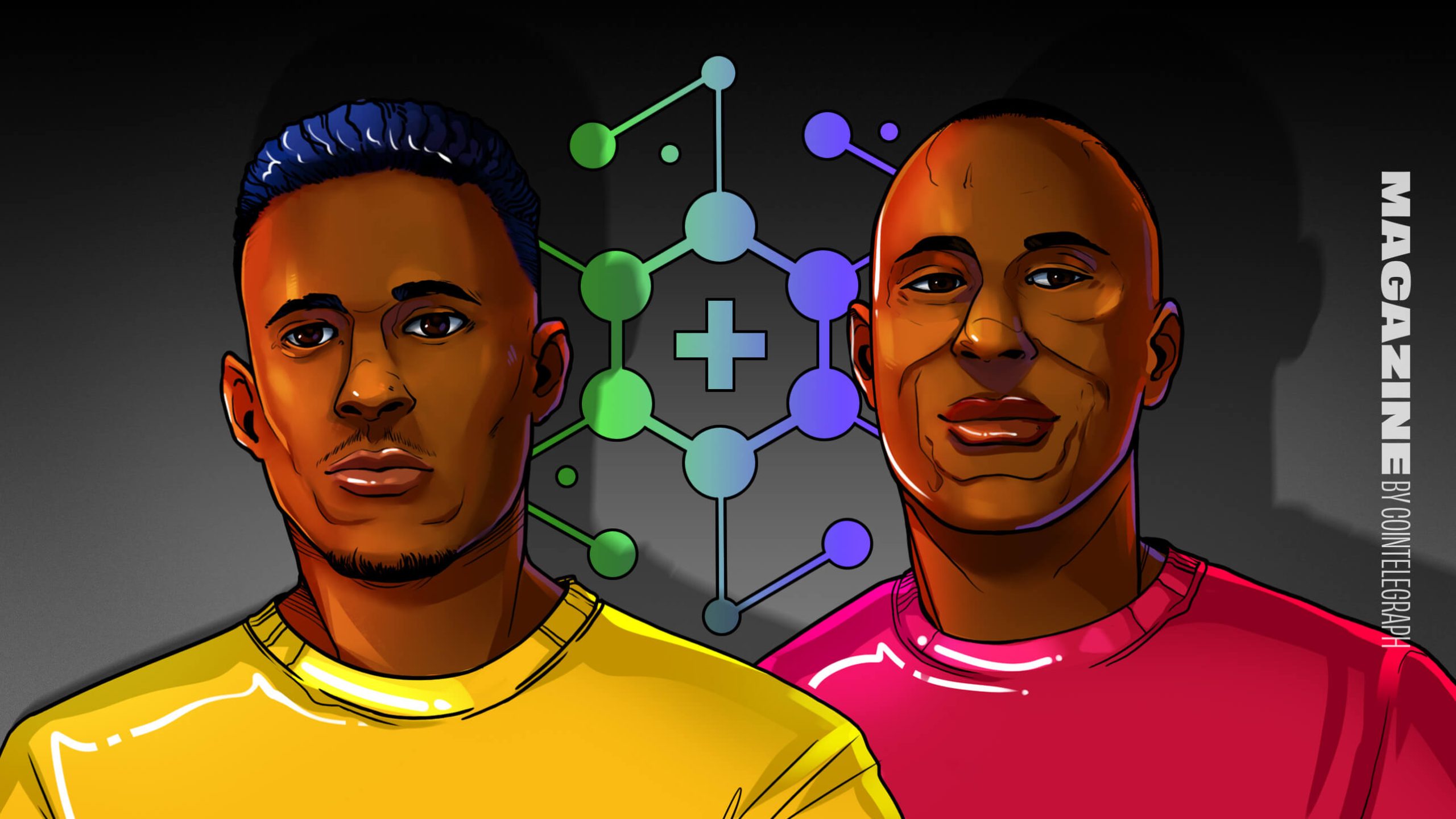


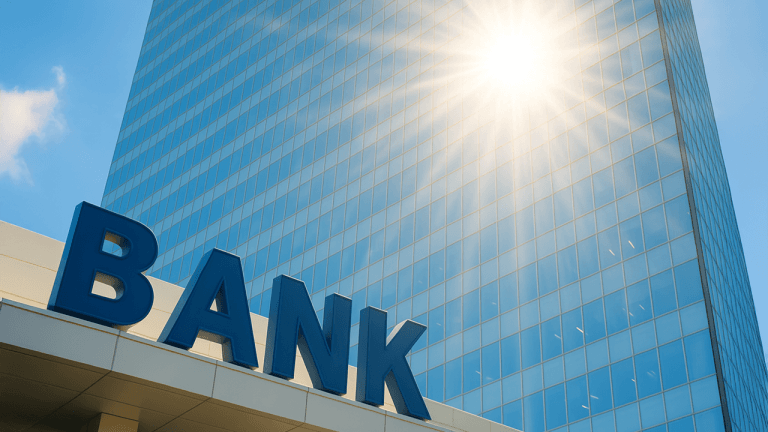

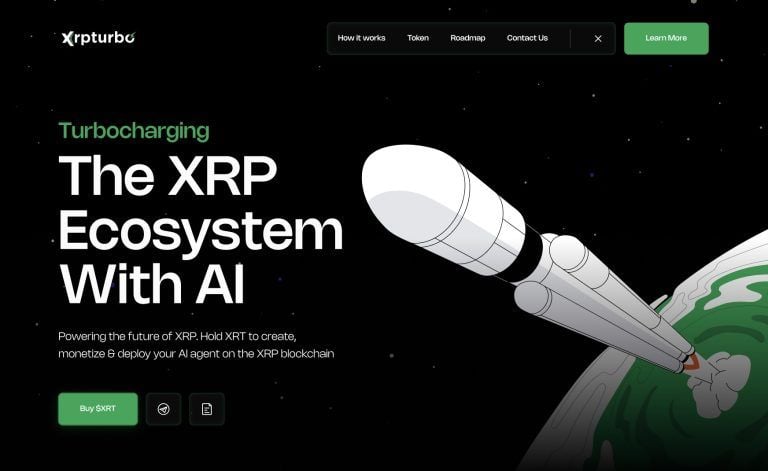

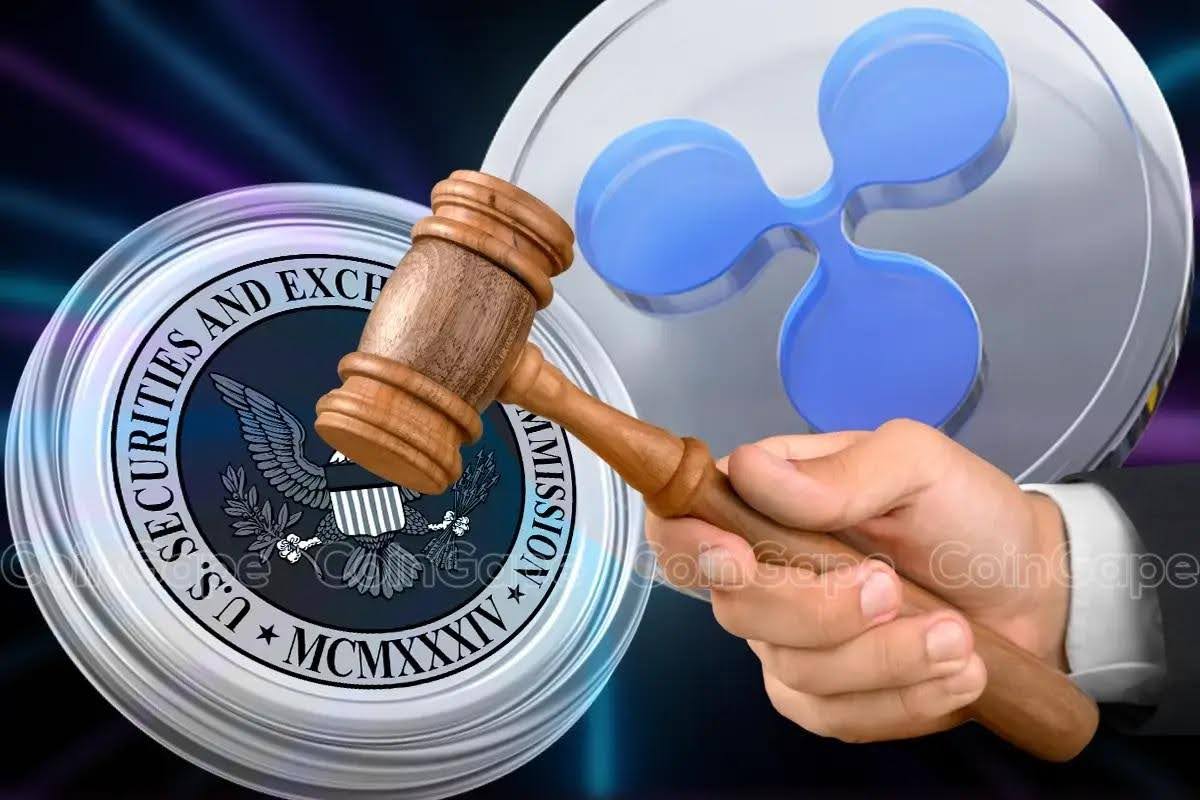
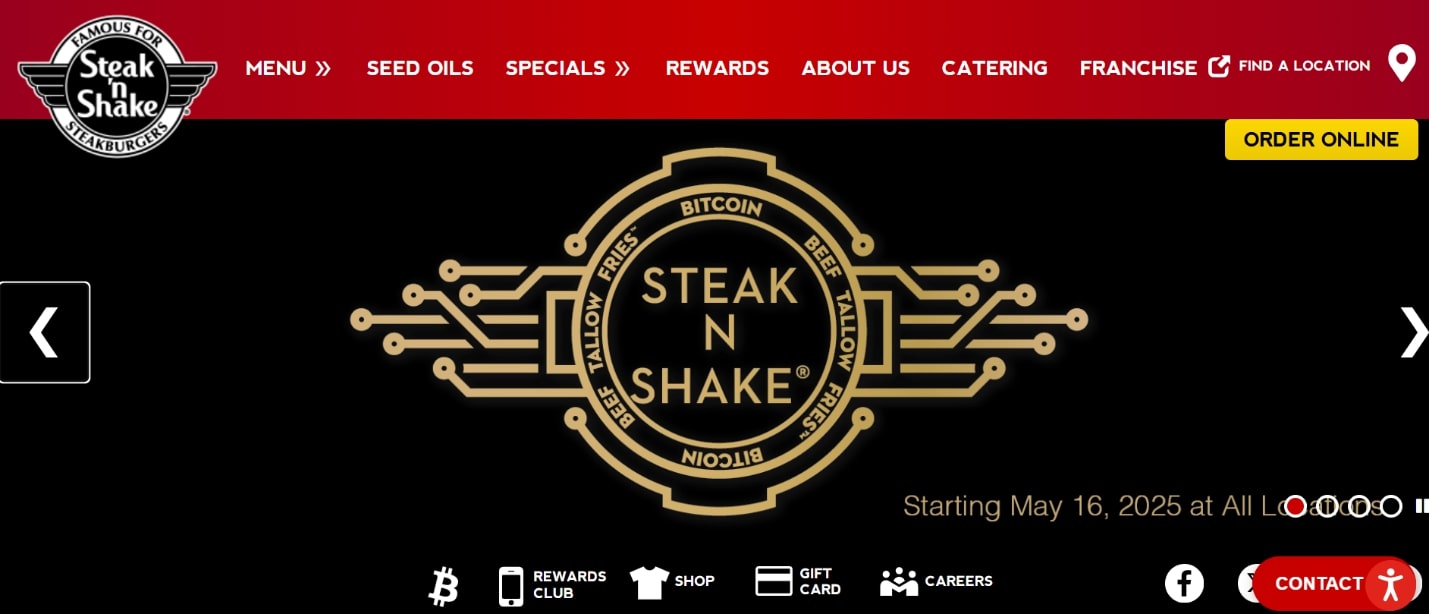

Comments